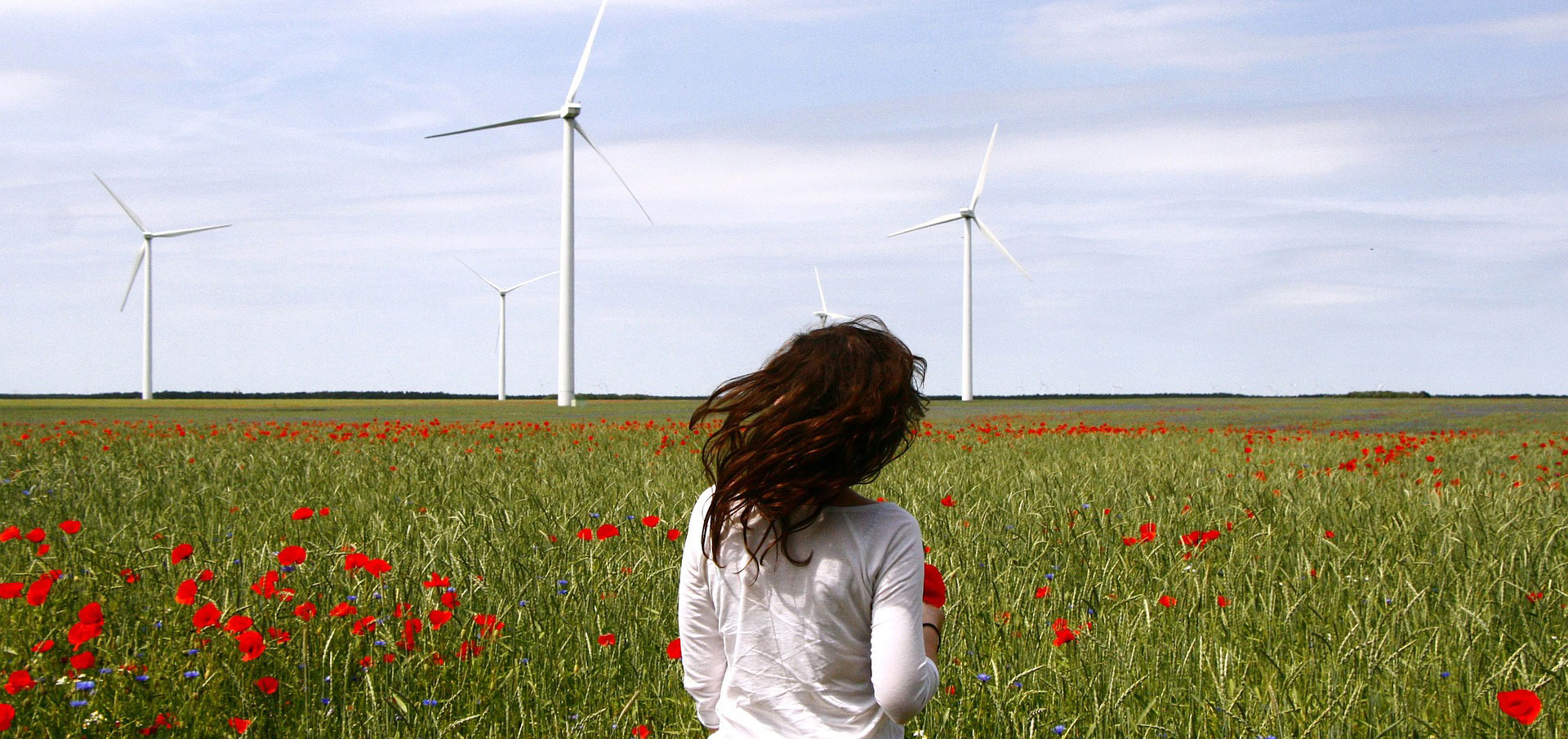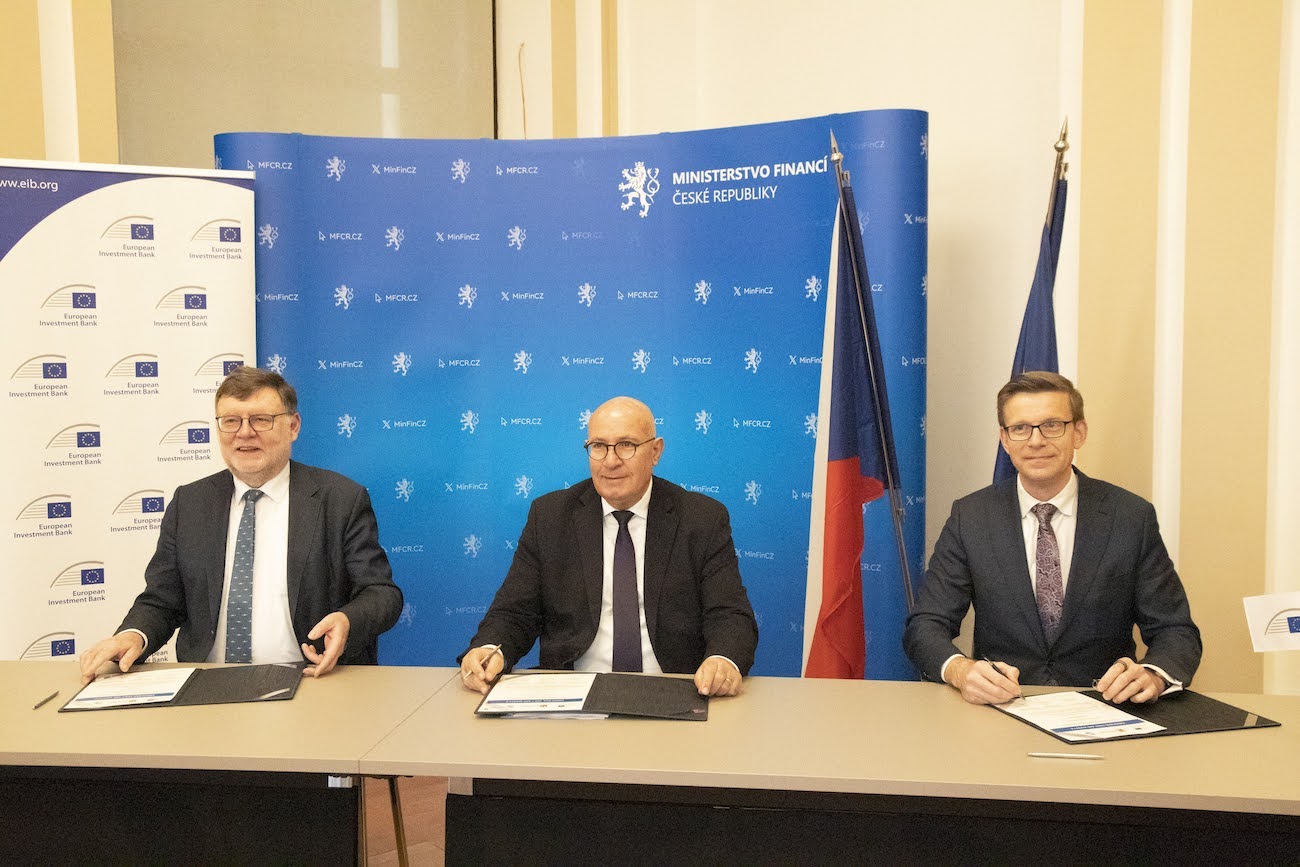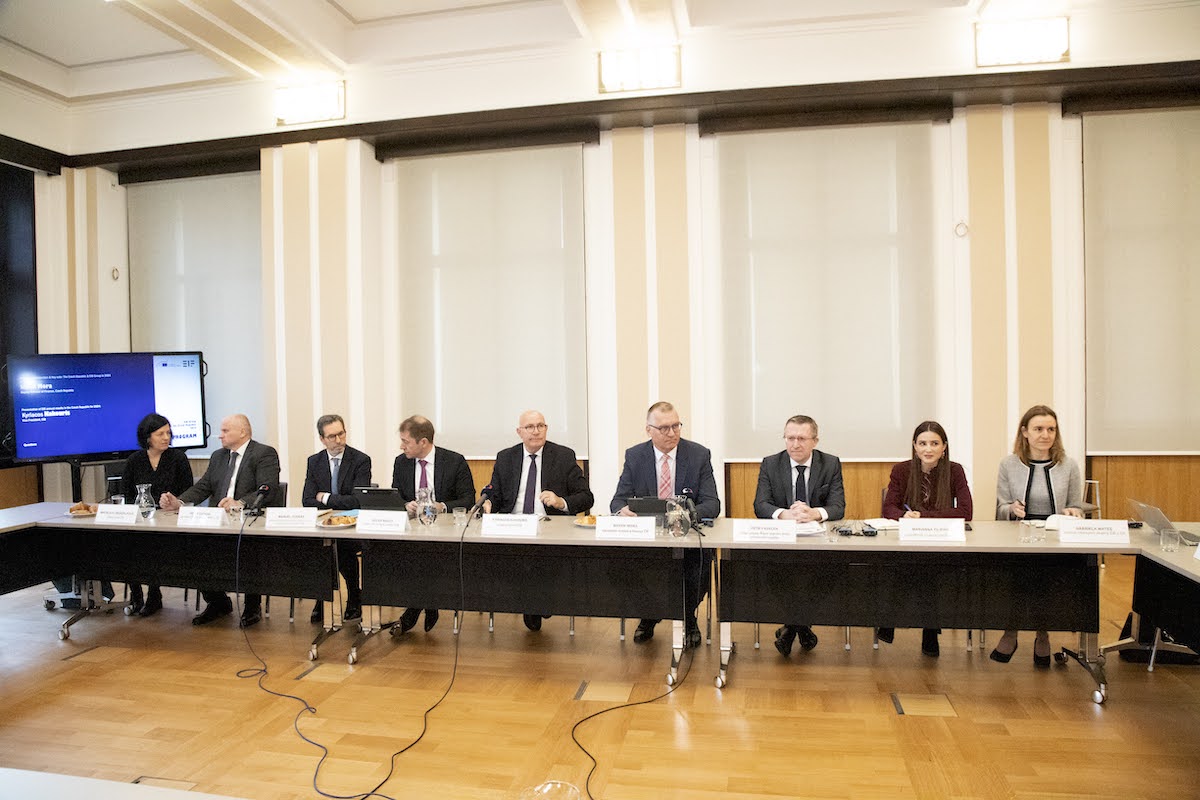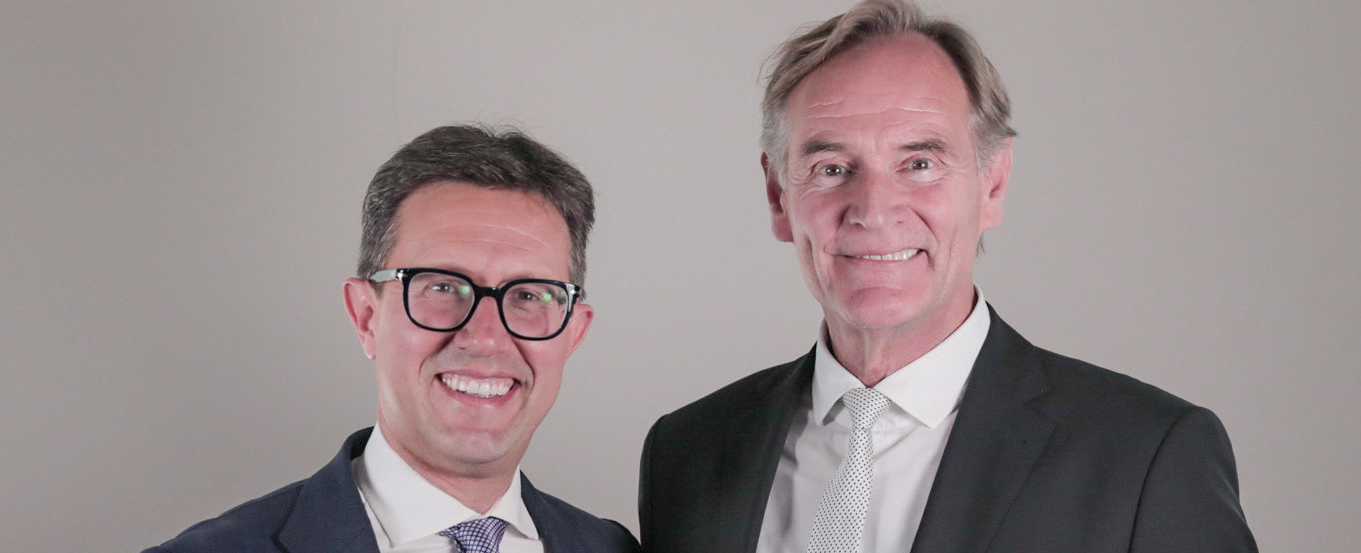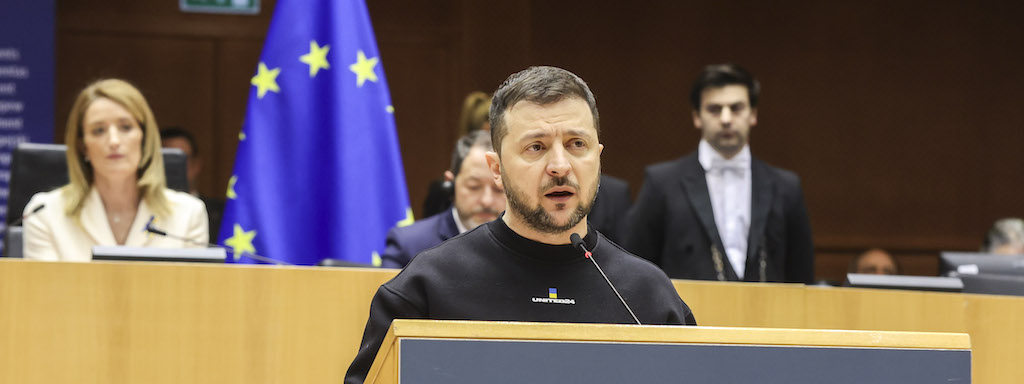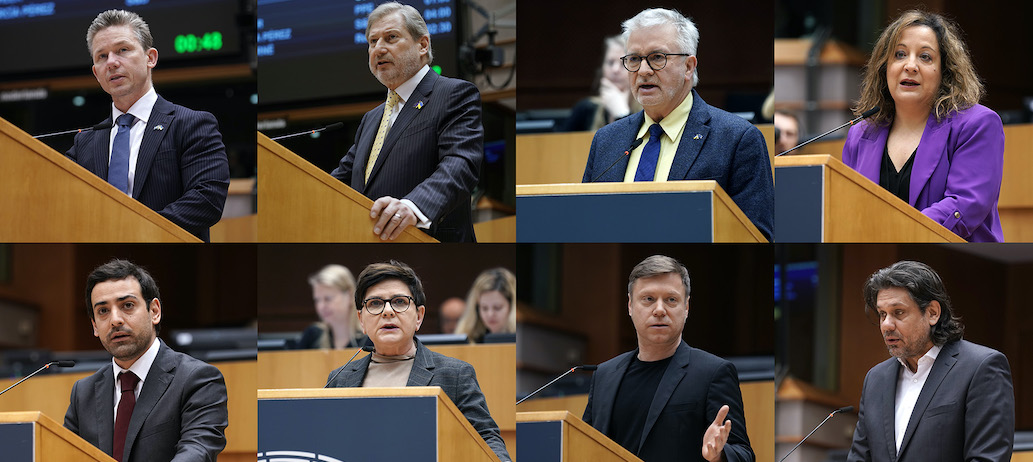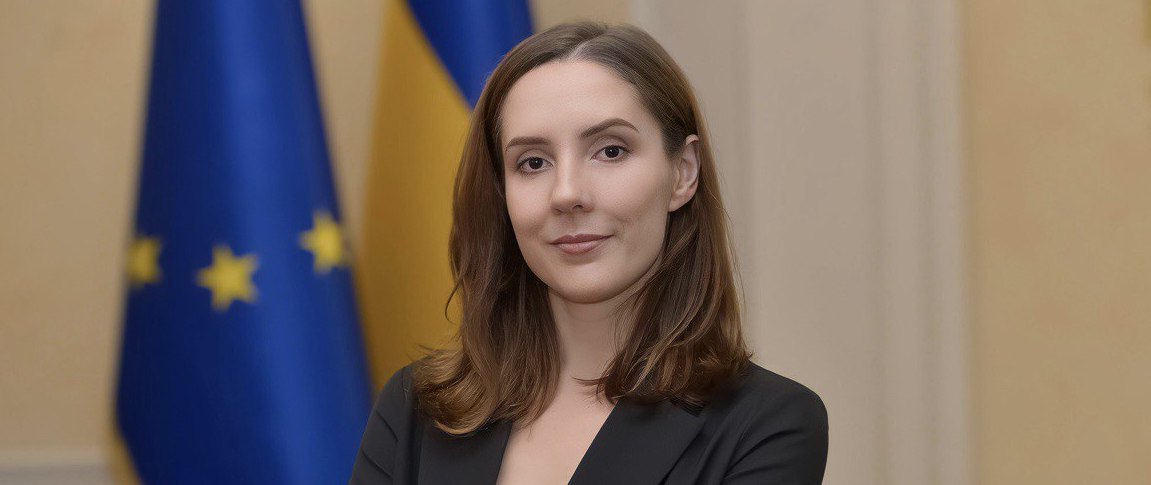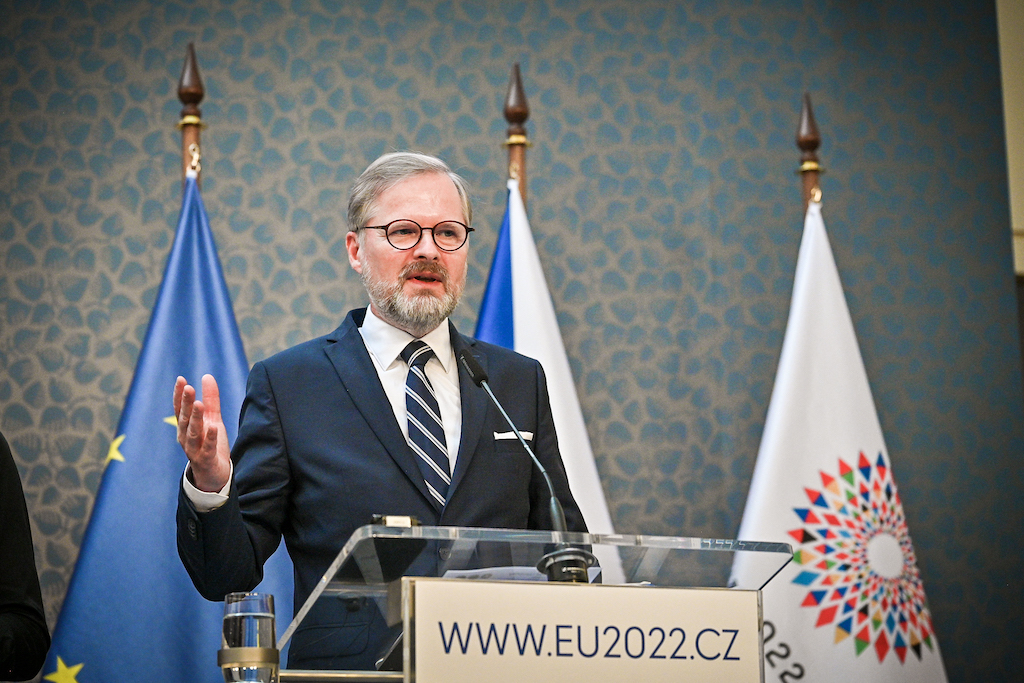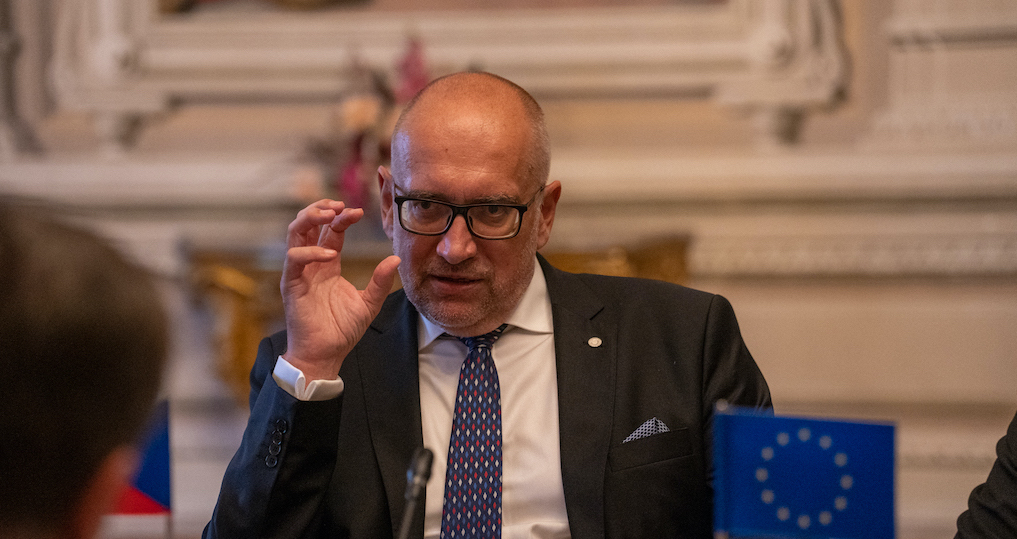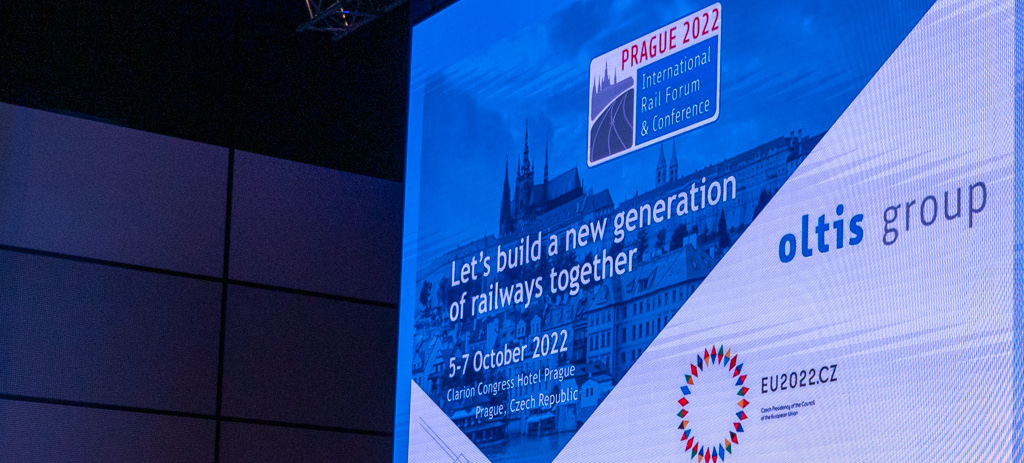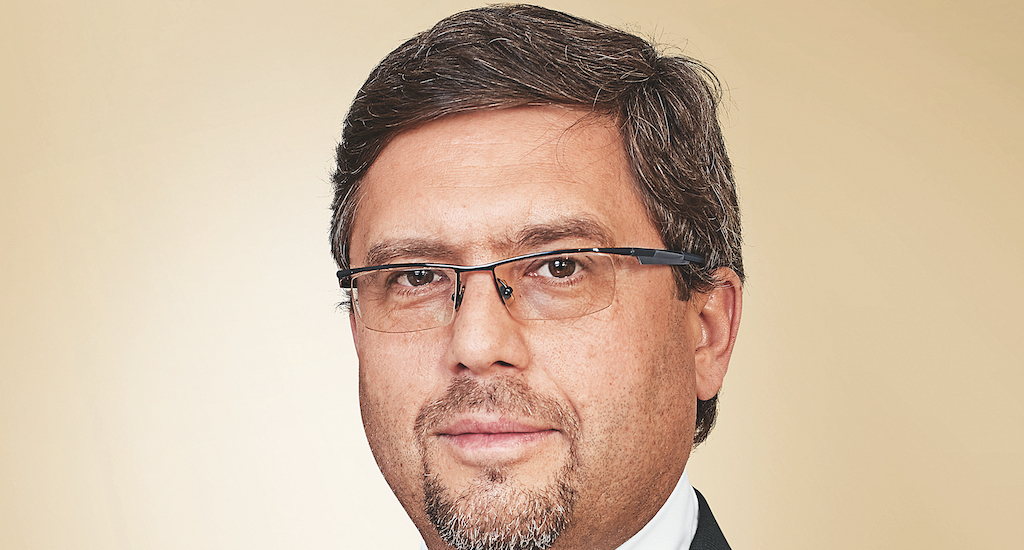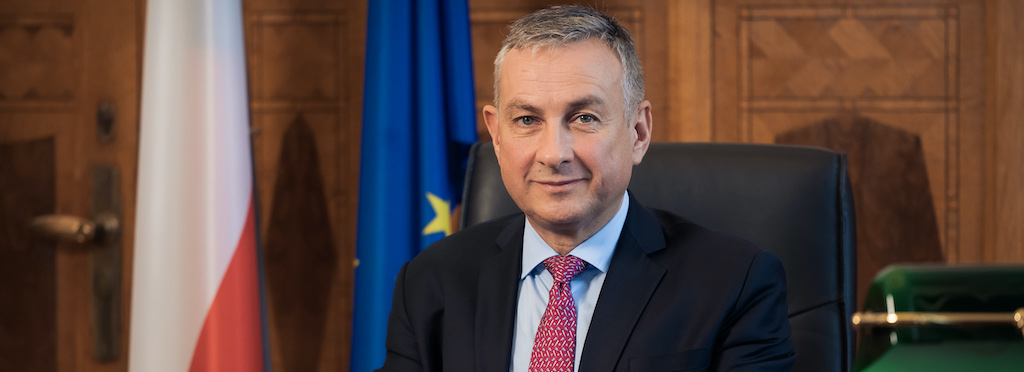” EU can do more to fight dangerous climate change ”
says Wendel TRIO as part of the “Energy & Climate” Official Dossier

The climate crisis is one of the biggest challenges the European Union and the world are facing today. Despite progress made over the past few years, the EU’s response to the threat of climate change is still insufficient and undermines its self-proclaimed status as global climate leader. The current EU targets and policies when it comes to fighting climate change need an urgent upgrade if the bloc is to limit temperature rise to 1.5°C and thus stay in line with the Paris Agreement goals.
In order to reduce greenhouse gas emissions to the scale needed to comply with the Paris Agreement goals, EU leaders must quickly transition away from fossil fuels to renewables-based and energy efficient energy systems. But what has been achieved so far? What steps are urgently needed to achieve more climate ambition in the next decade, the crucial decade that will make our break our response to the climate crisis?
Old climate target needs to be updated and enhanced
In October 2014, EU heads of state and government in the European Council agreed on the level of ambition of the EU’s climate and energy targets for 2030. A binding EU target of at least 40 percent domestic reduction in greenhouse gas emissions, compared to 1990 levels, was adopted. It is important to note that this climate target, which was adopted before the Paris Agreement in 2015, is still the same today. For renewable energy, a target of at least 27 percent was agreed. And they also agreed on an energy efficiency target of 27 percent, compared to projections of future energy consumption with the possibility to increase it to 30 percent after a review in 2020.
In November 2016, the European Commission proposed a package of legislation, called the ‘Clean Energy for All package’ which reviewed the existing renewable energy and energy efficiency legislation. The Commission proposal was rather conservative: it proposed to keep the same renewable energy target as the one agreed upon by the EU leaders in 2014, and to increase the energy efficiency target to 30 percent by 2030. The European Parliament, who was underwhelmed by the lack of ambition of the Commission, asked to increase both targets to at least 35 percent. After intensive negotiations between the European Commission, the European Parliament and the Council of the European Union, in June 2018 the compromise reached was to set an EU renewable energy of at least 32 percent and an EU energy efficiency target of at least 32.5 percent by 2030. The reviewed renewables and energy efficiency legislation was put in force in December 2018.
Hence the 2030 EU energy targets were to some extent increased, and according to the European Commission this would lead to greenhouse emission reductions of at least 45 percent compared to the set 40 percent reduction agreed by the EU leaders in 2014(1). Still, the current ambition levels are far from sufficient. Through the Paris Agreement in 2015, world leaders agreed to pursue efforts to limit temperature rise to 1.5°C. However, there is a serious gap between what countries, including the EU, promised under the Paris Agreement on the one hand and what they have so far committed to do on the other hand. Over the past year, hundreds of thousands of people, led by the school children, have been taking to the streets to demand immediate and effective action to face the climate emergency. In addition, a recent poll shows that 93 percent of Europeans believe that climate change is a ‘serious problem’, 79 percent see it as a ‘very serious problem’ and 92 percent demand for national governments to step up their own targets for energy efficiency and renewable energy(2).
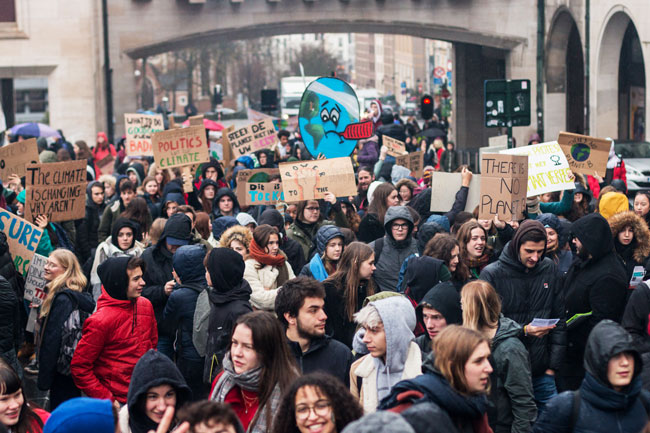
Faced with the existential threat of devastating climate change impacts, the EU, its institutions and all Member States need to prioritise urgent action addressing the climate emergency with the aim of implementing the Paris Agreement’s ambition to limit temperature rise to 1.5°C. But governments are moving far too slowly to address the escalating crisis. It is estimated that current national commitments worldwide are projected to only limit warming at best to 3°C.
Therefore, the current EU climate target needs to be considerably increased, followed by a revision of the energy targets accordingly. European countries need to take responsibility for their historical emissions and acknowledge they have greater capacity to act, and therefore should do more than most other countries in the world. In order to contribute in an equitable way to the effort of meeting the Paris Agreement goals, the EU should achieve 65 percent greenhouse gas emission reduction by 2030. And with a more ambitious climate target, also the 2030 energy targets will need to be enhanced.
Ways forward: increase targets, bolder measures and stop public finance to fossil fuels
Support for a more ambitious 2030 EU climate target is growing. Last year the European Parliament and some Member States called for an increase from the current 40 percent to at least 55 percent. In July, President-elect of the European Commission Ursula von der Leyen also called for a substantial increase of the 2030 climate target. And more recently, the German chancellor also stated that she favours a 55 percent reduction in greenhouse gases in the EU by 2030, alongside other Member States and the European Parliament. The EU will need to increase its climate target well before the end of 2020 in order to meaningfully influence the discussions that are happening at the international level and within the process of the UN negotiations. The Paris Agreement requests all parties to revise their 2030 targets, called Nationally Determined Contributions, by the end of 2020 latest.
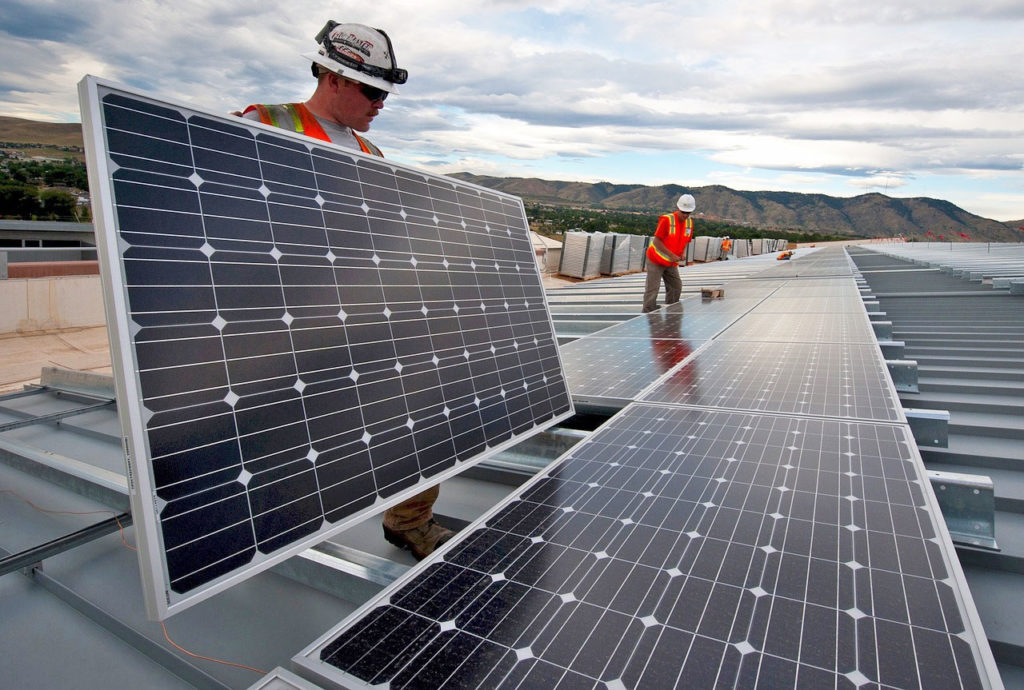
It is vital that the EU not only increases its climate target but upscales its 2030 energy targets. The renewable energy and energy efficiency legislation agreed in 2018 already offers a starting point for raising ambition. Based on this legislation, Member States are required to develop ten-year National Energy and Climate Plans (NECPs). These plans are an important basis for discussing and further elaborating on national climate and energy targets and concrete measures for 2030 and beyond. Member States should seize this opportunity to go beyond the bare minimum needed to reach the current 2030 targets and considerably increase the ambition of their plans, both in terms of targets and policies, in order to allow the EU to stick to its engagement under the Paris Agreement to limit temperature rise to 1.5°C. This will prepare the ground for a swifter implementation of the clean energy transition at the scale and the level of ambition needed.
The EU legislation states that the European Commission will submit a legislative proposal by 2023 to revise the energy targets should they fall short of the Union’s international commitments for decarbonisation. However, this proposal should come much faster given the climate urgency and the recent proposal by the new head of the Commission to increase the 2030 climate target.
The EU long-term budget for the period 2021-2027, currently under negotiation, should support Member States in achieving higher climate and energy ambition. To that end, Member States need to show the political will and take the decision to put EU funds where they can catalyse the clean energy transition, and not continue to invest in carbon-intensive infrastructure like gas pipelines for instance.

At the same time, Europe will need to act on its commitments to phase out fossil fuel subsidies. Member States will have to come up with plans on how they will implement this at the national level, while the Commission will have to make proposals for the reform of all fiscal policies to be aligned with the Paris Agreement goals. Currently the fossil fuel industry benefits from unfair tax breaks and other subsidies which are running counter to achieving climate objectives.
Finally, investing in new fossil fuel infrastructure risks creating carbon lock-in effects and stranded infrastructure assets. Also, investments into maintaining existing fossil fuel infrastructure bar the way to a system-switch towards energy savings and renewable energy sources. The EU’s energy infrastructure planning and financing must become Paris compatible, thereby ensuring that this sector adequately contributes to the overall ambition to have a 100 percent renewables-based energy system and achieve net-zero greenhouse gas emissions by 2040.
When unveiling the structure of the next European Commission, Ursula von der Leyen put climate policy upfront as a top priority. There is little time left for the EU to fulfil its commitments made in the Paris Agreement. So it is high time for the EU to act and to take the lead on climate change. Increasing climate ambition will be the first and most important step of the next European Commission.
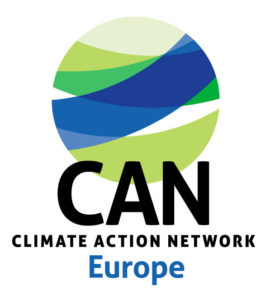 Wendel Trio
Wendel Trio
Directeur de l’Action pour le Climat Europe
Climate Action Network Europe
Rue d’Edimbourg 26
1050 Brussels, Belgium
Email: info@caneurope.org, Tel: +32 (0) 28944670
Website: www.caneurope.org
Twitter: @CANEurope
(1) https://eur-lex.europa.eu/legal-content/EN/TXT/PDF/?uri=CELEX:52019DC0285&from=EN
(2) Special Eurobarometer 490 on Climate Change (publication date September 2019) with Member State specific factsheets and Special Eurobarometer 492 on Energy (publication date September 2019) with Member State specific factsheets.




